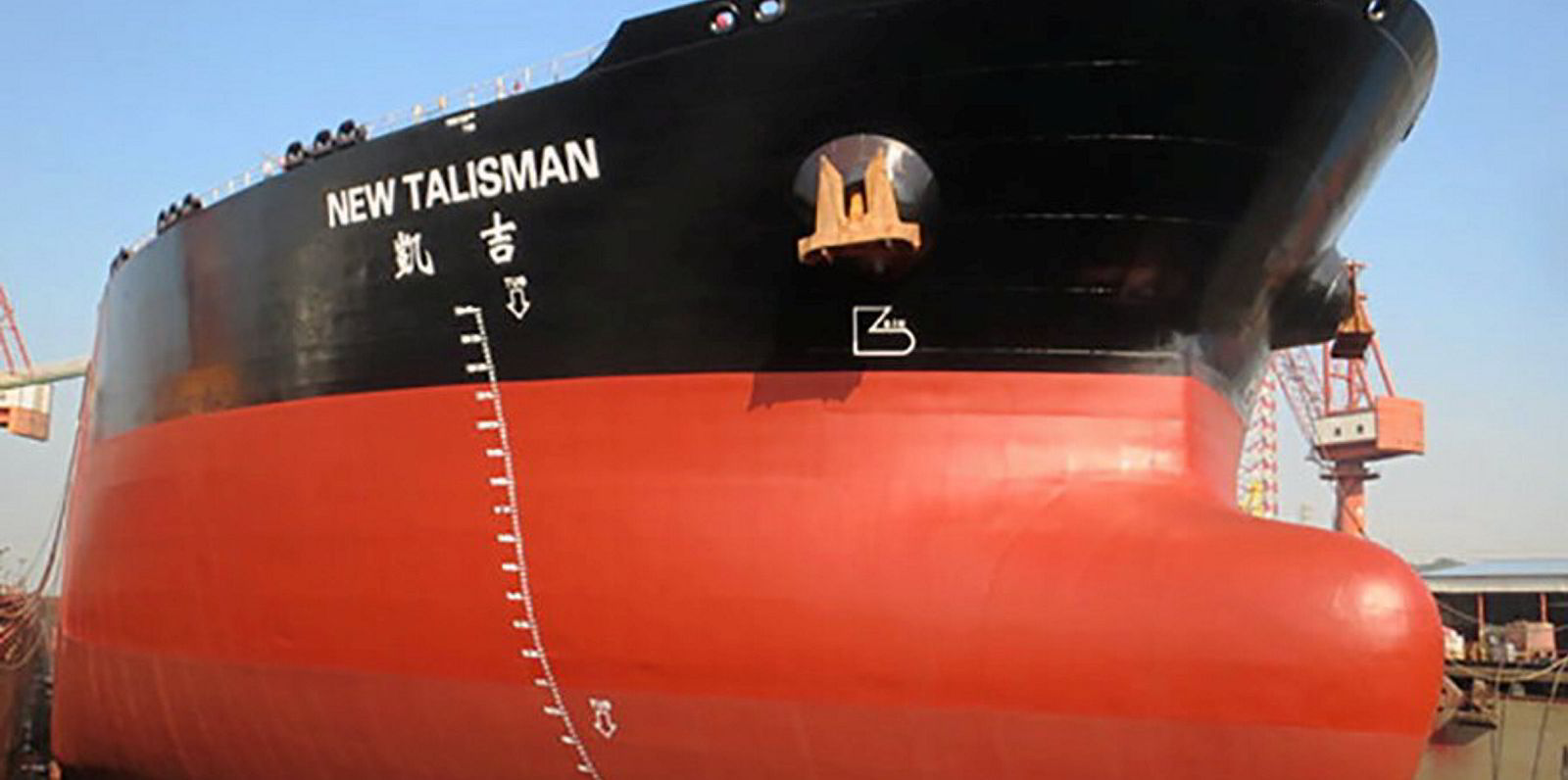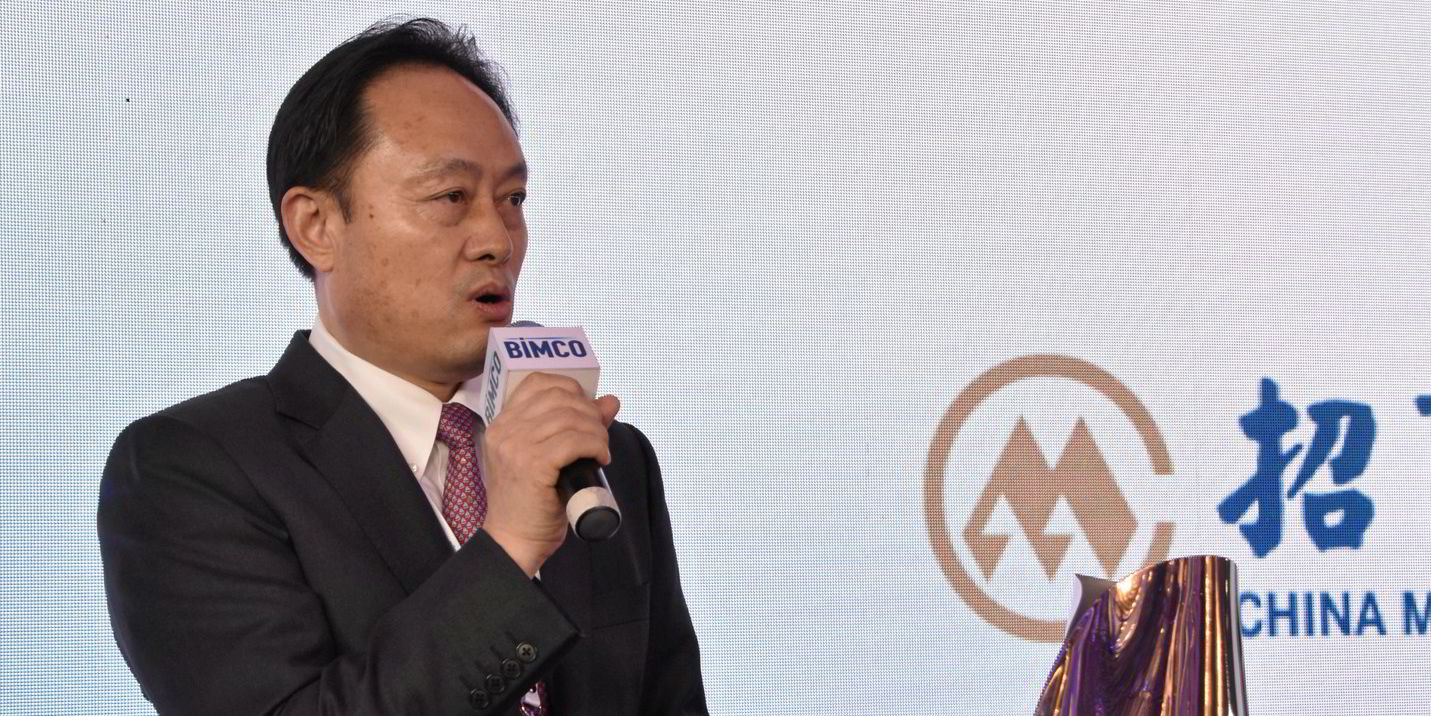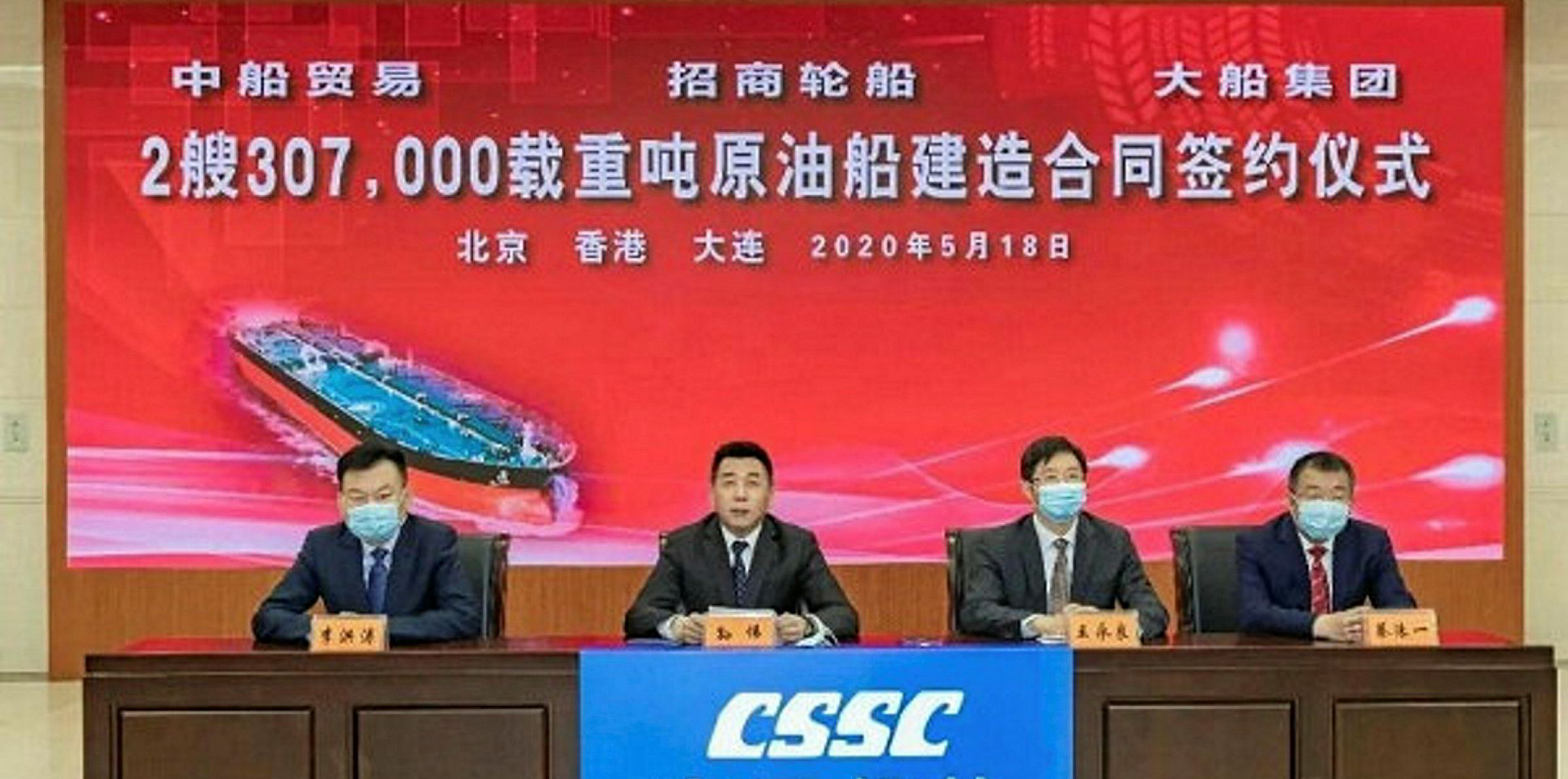China Merchants Energy Shipping has confirmed the sale of one VLCC and two post-panamax bulkers in recent days.
The Shanghai-listed shipowner said it has sold the 296,000-dwt New Talisman (built 2009) to United Arab Emirates-based GCC Fuel Supply FZE for CNY249.5m ($37.3m).
The Sharjah-based buyer is said to be mainly engaged in the import and export, supply and storage of petroleum and chemical products.
The new owner has paid of a deposit of $3.8m for the Chinese-built ship and is due to take delivery of the vessel before the end of May 2022.
CMES, which is the world’s largest VLCC owner, said the vessel is not fitted with a ballast water treatment system or a scrubber.
The disposal is part of a strategy by CMES to dispose of tankers with inferior fuel efficiency that has seen it offload several VLCCs.
Earlier this month, CMES was reported to have sold the 299,000-dwt New Spirit (built 2005) to undisclosed buyers for $33.85, while the 297,600-dwt New Coral (built 2010) was sold to Greek buyers in late 2021 for $38.5m, according to VesselsValue.
Last year the company sold the 297,300-dwt VLCC tanker New Creation (built 2009) to Thenamaris for CNY 249m, while the 299,000-dwt New Century (built 2009) was sold to unspecified interests for $31m.
CMES, which boasts a fleet of 51 VLCCs, 16 of which were built in 2011 or earlier.
CMES is in the process of taking delivery of six new VLCCs, all built by Dalian Shipbuilding Industry Co, two of which will be equipped with wind propulsion and air lubrication technology.
In recent days CMES has also confirmed the sale of two post-panamax bulkers — the 93,400-dwt Great Aspiration (built 2010) and the Great Cheer (built 2009).
Greece’s Chartworld Shipping Corp is said to have paid $17.1m for the first vessel, while Reachy International Marine paid $16.1m for the second ship.
The Jinling Shipyard-built bulkers are due to be delivered to their new owners by the end of June 2022, CMES confirmed.
As with the sale of the New Talisman, CMES said the two bulkers are being sold due to their inferior fuel efficiency with the ships said to be between 20-30% less efficient than current designs.





